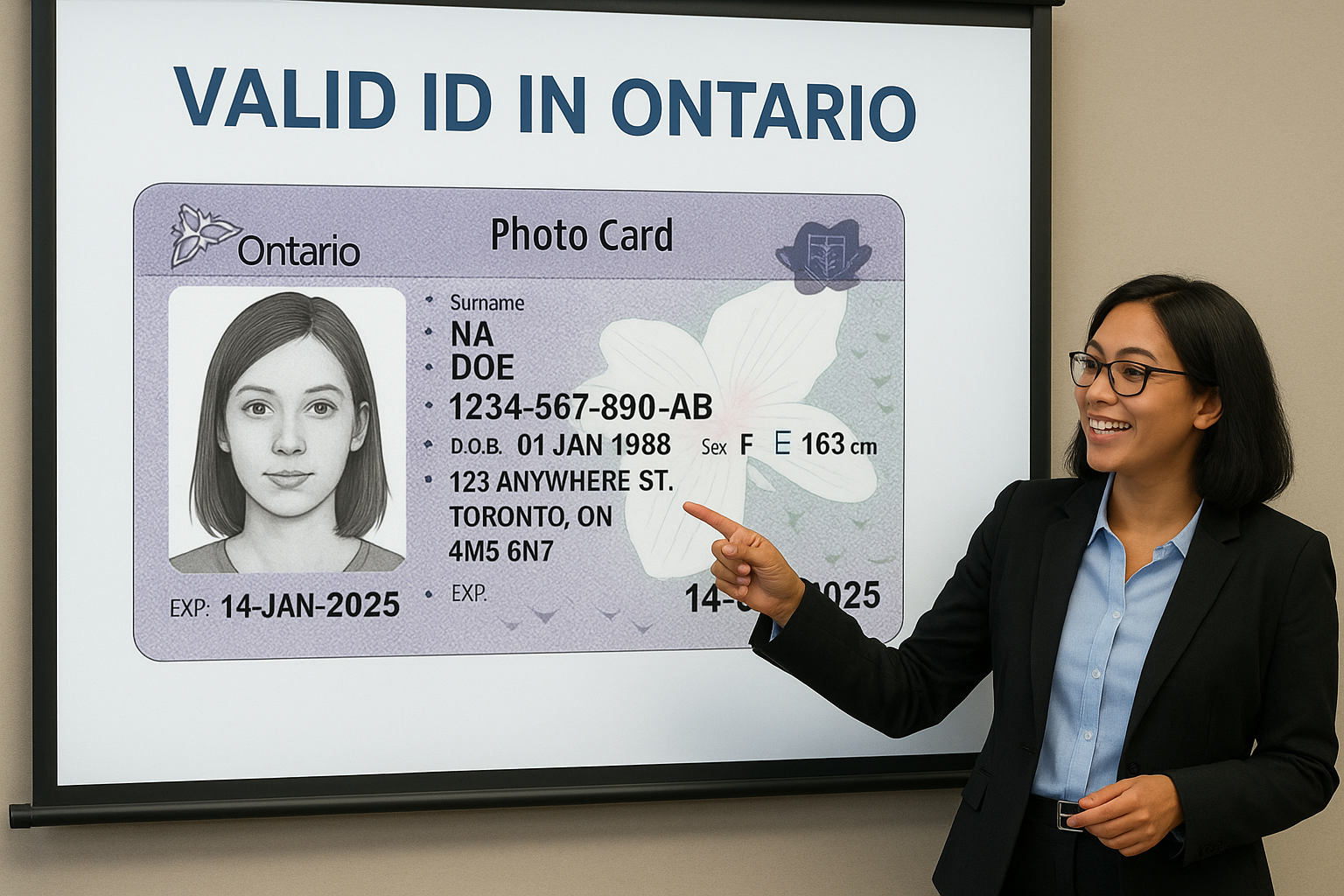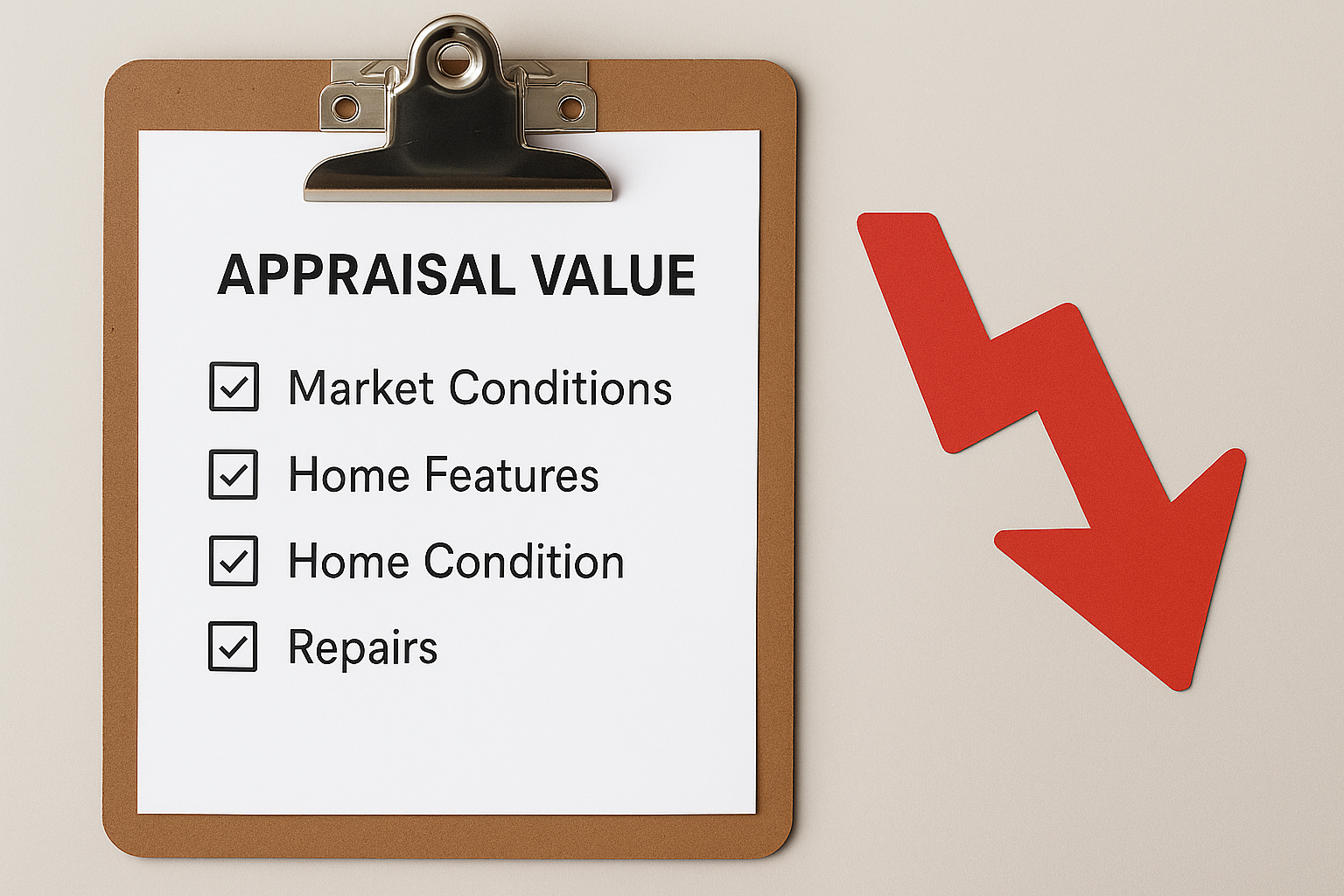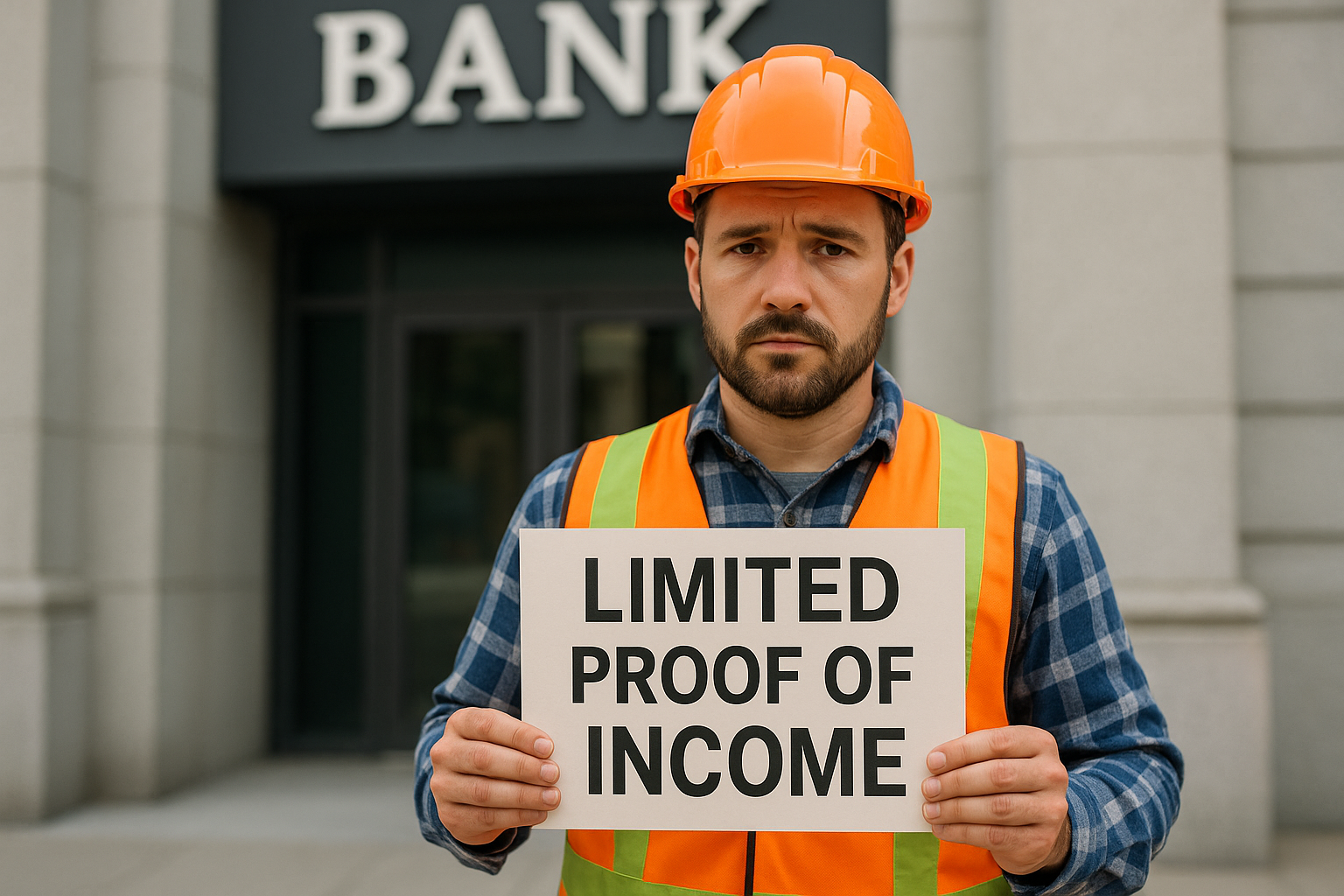Table of Contents
ToggleThe Mortgage Renewal Tsunami: Many Homeowners Will Struggle With Higher Payments
As we approach 2025, a significant undercurrent is beginning to stir in the housing market—a tsunami of mortgage renewals that could dramatically reshape the financial landscape for homeowners across the country. With mortgages originally locked in at historically low rates set to expire, the question looming large is: how will homeowners navigate the storm of higher payments? In this blog, we explore the upcoming mortgage renewal cycle, delve into the strategies lenders might employ, discuss how homeowners can brace for higher costs, and examine whether refinancing to consolidate accrued debts will become a necessary lifeline.
The 2025 Mortgage Renewal Landscape
Mortgage renewals have always been a pivotal moment in a homeowner’s financial journey, but the coming renewal cycle in 2025 is poised to be different. For many, the current era of relatively low interest rates has provided a cushion against rising living costs, enabling families to build equity without the stress of ballooning monthly payments. However, as these deals reach their term’s end, homeowners are facing the prospect of renegotiating their loans in an environment that could be markedly less forgiving.
Economic forecasts indicate that central banks are likely to maintain, or even raise, interest rates in the coming years as they continue to battle inflation and stabilize the economy. Consequently, the mortgage rates offered at renewal could be significantly higher than those secured during the previous term. This shift is not just a matter of a few percentage points—it could represent a steep increase in monthly outlays, effectively turning the calm waters of homeownership into a choppy sea of financial uncertainty.
Lenders: Steering Through the Tsunami
From the lenders’ perspective, the mortgage renewal wave is both an opportunity and a challenge. Financial institutions are gearing up to manage a surge in renewals, and they are likely to adopt several key strategies:
1. Risk Management and Price Adjustments
Lenders have always operated under the twin imperatives of managing risk and ensuring profitability. With rising interest rates, the risk profile of mortgage portfolios is changing. Lenders may implement more stringent underwriting criteria during the renewal process to mitigate default risks. This could mean that homeowners with marginal credit profiles might find it more difficult to secure a favorable rate, or even a renewal, without significant additional scrutiny.
Moreover, lenders may adjust their pricing strategies. For customers with strong credit histories and stable incomes, the increase in rates might be moderate, as these individuals represent lower risk. Conversely, for borrowers whose financial situations have become less robust, lenders might offer less competitive terms or steer them towards products with shorter terms and higher rates.
2. Innovative Financial Products
In anticipation of higher payment demands, lenders are also exploring innovative products to retain their customers. For instance, some institutions might offer “rate protection” features that allow homeowners to secure a portion of their rate at a lower level for a limited period before transitioning to market rates. Others might bundle products, such as home equity lines of credit (HELOCs) or insurance offerings, to create value propositions that can help soften the impact of increased rates.
3. Enhanced Customer Engagement
Recognizing the potential for financial strain among borrowers, many lenders are investing in customer engagement tools and financial education programs. These initiatives aim to help homeowners understand their options, anticipate future payments, and plan for the eventuality of higher interest rates. By providing proactive support, lenders hope to maintain customer loyalty even as the terms of renewal become less attractive.
Homeowners: Navigating the Financial Tsunami
For many homeowners, the prospect of a mortgage renewal at a higher rate can be daunting. However, while the challenges are significant, there are several strategies that borrowers can employ to weather the storm:
1. Budget Reassessment and Financial Planning
The first step for any homeowner facing a potential rate hike is to conduct a thorough reassessment of their budget. This means looking at all sources of income, current expenses, and future financial commitments. Homeowners may need to cut discretionary spending or adjust lifestyle choices to accommodate the new mortgage payment. Tools such as financial planning apps, budgeting spreadsheets, or consultations with financial advisors can be invaluable during this process.
2. Exploring Refinancing Options
Refinancing is often the first line of defense against higher payments. While some might view refinancing as merely a reactive measure, it can actually be a proactive strategy to consolidate debt and secure a more favorable overall financial position. Homeowners who have accumulated additional debts during their mortgage term—be it through personal loans, credit card balances, or even home improvement financing—might find that refinancing allows them to combine multiple obligations into a single, more manageable payment structure.
Refinancing could offer several benefits:
- Lower Interest Rates: Even if current rates are higher than the previous term, some lenders might offer competitive rates for borrowers with strong credit scores.
- Extended Loan Terms: A longer repayment period can reduce monthly payments, even if the total cost of borrowing increases.
- Debt Consolidation: Merging various debts into the mortgage can simplify financial management and sometimes reduce the overall interest burden.
However, refinancing is not without its drawbacks. Homeowners must consider closing costs, potential penalties for early repayment of the existing mortgage, and the long-term implications of extending the loan period. It’s crucial to run the numbers carefully and possibly consult a mortgage specialist to determine if refinancing is the best course of action.
3. Increasing Home Equity
For those who are able, increasing home equity before the renewal date can be a strategic move. This could involve making extra payments toward the principal, undertaking home improvement projects that add value, or even renting out a portion of the home if feasible. A higher equity position not only strengthens a homeowner’s negotiating position with lenders but can also provide a cushion should refinancing become necessary.
The Crucial Role of Mortgage Brokers
In the midst of these challenging times, one of the most valuable allies for homeowners is the mortgage broker. As the mortgage renewal tsunami approaches, mortgage brokers offer an indispensable service by acting as intermediaries between borrowers and multiple lenders. Their expertise can prove to be a critical resource in navigating the complex and often intimidating world of mortgage renewals and refinancing.
Why Mortgage Brokers Matter
Mortgage brokers possess a comprehensive understanding of the lending landscape. They work with a variety of lenders and are well-versed in the nuances of different mortgage products. This broad perspective allows them to:
- Shop Around for the Best Rates: Rather than being limited to the offerings of a single lender, mortgage brokers have access to a wide range of products. This enables them to compare rates and terms from multiple sources, increasing the likelihood that homeowners will secure a deal that fits their unique financial situation.
- Negotiate on Your Behalf: Brokers are experienced negotiators who can often secure more favorable terms than a borrower might be able to obtain on their own. They understand the subtleties of rate structures, loan fees, and other conditions that can significantly impact the overall cost of a mortgage.
- Provide Tailored Financial Advice: Given the complexity of the current economic environment, personalized advice is more valuable than ever. Mortgage brokers can analyze a homeowner’s financial profile, advise on the benefits and drawbacks of refinancing, and help plan a strategy that minimizes risk while maximizing long-term savings.
- Streamline the Process: The mortgage renewal process can be time-consuming and stressful. Mortgage brokers can manage much of the legwork—from gathering necessary documents to coordinating with multiple lenders—thus alleviating the administrative burden on homeowners.
Integrating Mortgage Broker Expertise into Your Strategy
For homeowners facing the uncertainties of higher mortgage rates, integrating a mortgage broker into your financial planning isn’t just an option—it’s a strategic imperative. By leveraging the expertise of a mortgage broker, you can ensure that you’re not only aware of all available options but also positioned to take full advantage of competitive offers in the market. Whether you’re considering refinancing to consolidate debt or simply exploring your renewal options, the guidance of a seasoned mortgage broker can make the difference between weathering the financial storm and being overwhelmed by it.
Refinancing: Consolidating Debt in Uncertain Times
The idea of refinancing to consolidate accumulated debts is emerging as a common theme among homeowners facing the 2025 renewal cycle. During their initial mortgage terms, many homeowners took on additional debt, sometimes spurred by a sense of financial security that low interest rates engendered. However, as these rates rise, the combined burden of mortgage payments and other debts can become overwhelming.
The Consolidation Process
Refinancing for debt consolidation typically involves replacing an existing mortgage with a new one that is large enough to pay off other outstanding debts. This new loan is then structured in such a way that the homeowner has a single, manageable monthly payment. The benefits of this approach include:
- Simplified Finances: Managing one loan is often easier than juggling multiple debts with varying interest rates and payment schedules.
- Potential Interest Savings: If the new mortgage rate is competitive, the homeowner might reduce the overall interest paid on the consolidated debt.
- Improved Credit Score: Successfully consolidating and paying down debt can have a positive impact on credit scores, which may in turn lead to better financial opportunities in the future.
Weighing the Pros and Cons
Despite its benefits, refinancing for debt consolidation requires careful consideration:
- Extended Repayment Periods: While monthly payments might be lower, the total cost of the loan may increase if the repayment period is significantly extended.
- Upfront Costs: Refinancing often involves appraisal fees, closing costs, and other charges that must be factored into the overall financial equation.
- Risk of Overleveraging: Combining multiple debts into one mortgage can sometimes lead to a situation where the homeowner is more vulnerable to economic downturns or job loss.
For homeowners considering this route, a detailed analysis of their current debt, a clear understanding of the refinancing terms, and consultation with a mortgage specialist or broker are essential steps in determining whether this strategy will provide long-term relief or merely delay the inevitable.
How Lenders and Homeowners Can Coexist in This New Reality
The dynamic between lenders and homeowners during the 2025 mortgage renewal cycle is poised to evolve significantly. As lenders adjust their risk models and introduce new financial products, homeowners are simultaneously re-evaluating their financial strategies to cope with higher payments. This interplay will likely lead to several outcomes:
Greater Customization of Mortgage Products
Lenders that successfully navigate the renewal tsunami will likely offer more personalized mortgage solutions. By tailoring products to individual financial profiles, lenders can retain customers who might otherwise be forced to switch providers or, worse, face financial distress. Customization could include adjustable-rate mortgages with caps on rate increases, hybrid products that combine fixed and variable rates, or bundled financial services that offer additional value beyond the mortgage itself.
Increased Emphasis on Financial Literacy
Both lenders and regulators are recognizing the need for improved financial literacy among homeowners. As the mortgage landscape becomes more complex, informed borrowers will be better equipped to make decisions that protect their financial health. Educational initiatives, online tools, and advisory services—often championed by experienced mortgage brokers—are expected to become more prevalent, helping homeowners understand the nuances of mortgage renewals, refinancing, and debt consolidation.
A Shift Toward Long-Term Stability
Ultimately, the goal for both lenders and homeowners is to achieve long-term financial stability. For lenders, this means maintaining a healthy portfolio of loans that balances risk with profitability. For homeowners, it involves finding sustainable solutions that allow them to maintain homeownership without compromising other aspects of their financial well-being. This shared objective may lead to innovative solutions and partnerships that benefit all parties involved.
Looking Ahead: Practical Tips for Homeowners
As the 2025 mortgage renewal wave approaches, homeowners can take proactive steps to prepare:
- Start Early: Begin evaluating your current mortgage terms and explore your options well before your renewal date.
- Monitor Interest Rates: Keep a close eye on interest rate trends and economic forecasts to better understand what to expect.
- Consult a Mortgage Broker: Given the complex and rapidly changing landscape, consulting a mortgage broker can provide invaluable insights and help you secure the most competitive terms available.
- Review Your Budget: Take a hard look at your finances and identify areas where you can cut expenses or reallocate resources to accommodate higher payments.
- Consider Debt Consolidation: Evaluate whether refinancing to consolidate debts makes sense for your situation—sometimes, simplifying your finances can provide the breathing room needed to adjust to rising mortgage costs.
Conclusion
The mortgage renewal tsunami of 2025 represents a critical juncture for homeowners and lenders alike. With many facing the prospect of significantly higher payments, both parties must adapt to a changing economic environment. Lenders are likely to respond with innovative products, stricter risk management protocols, and enhanced customer support, while homeowners will need to embrace proactive financial planning—potentially including refinancing for debt consolidation—to weather the storm.
Moreover, the critical role of mortgage brokers cannot be overstated. These professionals provide the expertise, negotiation skills, and personalized advice necessary to navigate an increasingly complex lending landscape. By partnering with a mortgage broker, homeowners can access a broader range of options, secure more competitive terms, and ultimately ensure that they are making the most informed financial decisions possible.
By understanding the challenges ahead and taking decisive steps today, homeowners can position themselves to not only survive but thrive in a future where financial stability depends on navigating the complexities of mortgage renewals. The coming years may be fraught with uncertainty, but with careful planning, a willingness to adapt, and the guidance of experienced mortgage brokers, it is possible to ride out the wave and emerge stronger on the other side.
The mortgage renewal tsunami is not just about higher payments—it’s a call to action for both lenders and homeowners to innovate, collaborate, and secure a stable financial future in an ever-evolving economic landscape.






